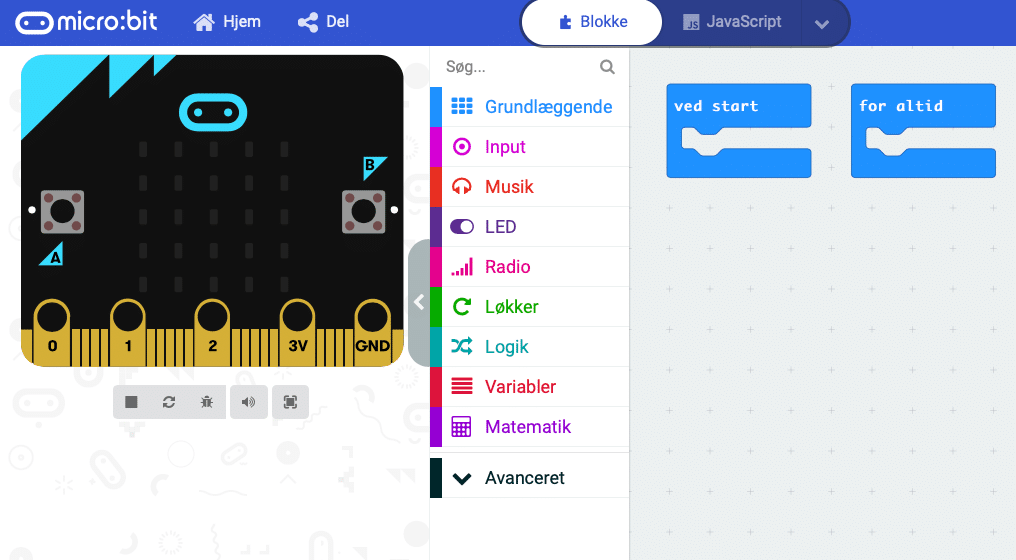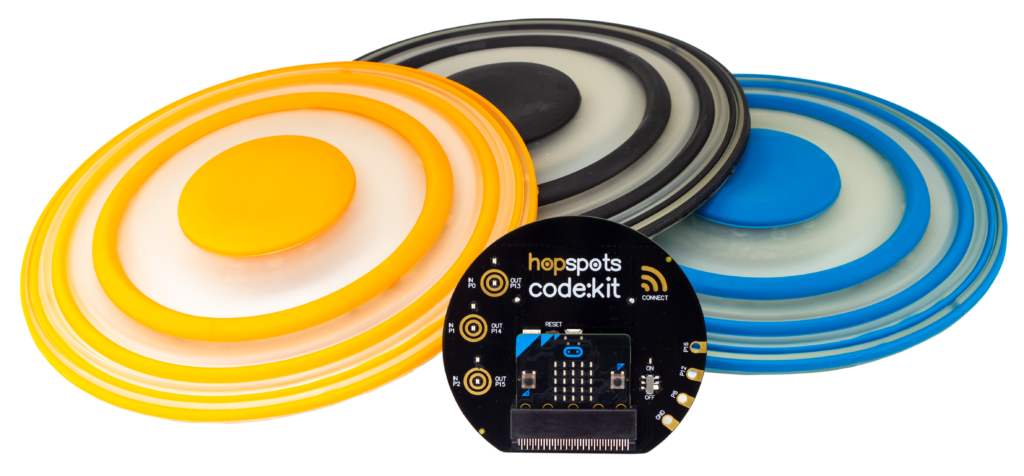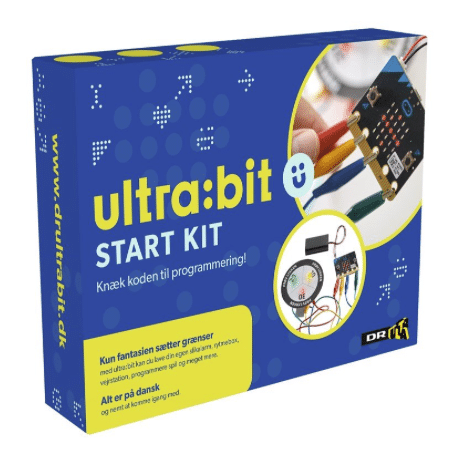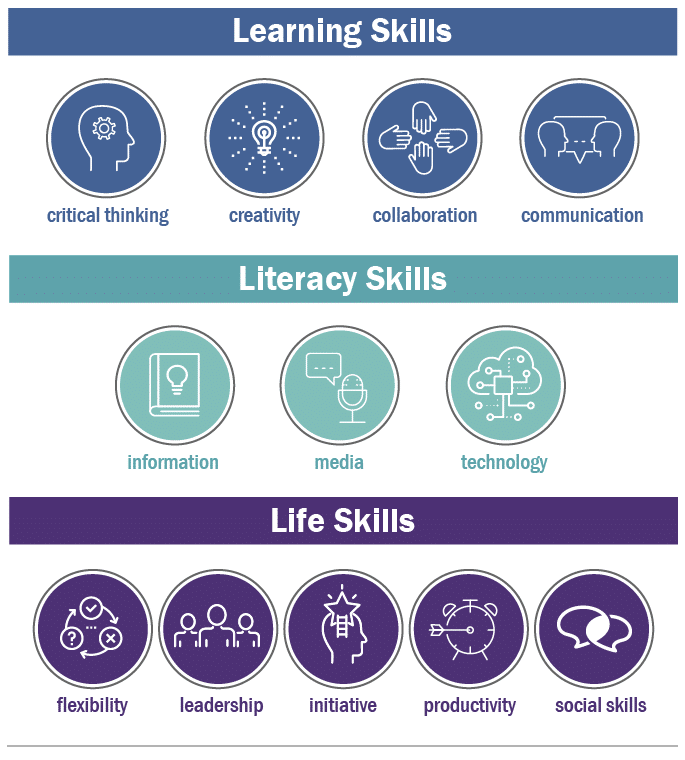Combining coding and movement
Why work with coding?
Within the next 10 years, 9 out of 10 jobs will require employees to possess a wide range of digital skills and be able to shape the technologies of tomorrow.
It is extremely important that we teach pupils to code and become digitally literate. Coding calls for creativity, co-creation, and problem-solving skills which equips pupils will the skills needed to produce and shape technology rather than just consuming it.

Why combine coding with movement?
Coding can often be a bit abstract. It’s something that takes place on a screen or through a robot. But we decided to combine coding with the physical world to make it a more meaningful experience for children.
Our interactive Hopspots-tiles have proven to create more versatile and engaging school teaching. And we want to make coding more motivating and fun via our new code:kit.
The purpose of Hopspots is to combine movement with learning, whether it is subject specific learning, getting familiar with technologies, 21st century skills, or something entirely different. Through the use of physical activity, gamification, and play, we make teaching more fun, motivating and engaging – and it is our mission to do that all over the world.
Coding that goes beyond the screen
You can take the code you’ve made on your computer and transfer it directly into the real word through the micro:bit which you plug into the code:kit.
This method allows pupils to play their own interactive games on the Hopspots-tiles – and now they can actually try out their own code with their bodies or challenge their friends. Hopspots’ code:kit connects the physical tiles with micro:bit and Scratch, which excel at making coding understandable and easy for the pupils to work with.
Micro:bit in the classroom teaching
Now that the popular block programming format can be combined with Hopspots code:kit, it’s applications is widened extensively.
The pupils can code their own games on the screen and play them together with their peers on the physical Hopspots-tiles that react to touch and light up in a range of colors. The pupils can create activities where the product turns into a finished result and an activity in itself.
What do the pupils learn from it?
Designing games in this way challenges the pupils’ “21st century skills” and, through the use of play and fun, they are equipped with the skills required of them in the future.
The design process challenges the pupils’ critical thinking, creativity, and problem solving skills whereas the coding improves computational thinking, digital competencies, and technological skills.
When the game works as intended, the pupils test it together with their peers. Here, evaluation and reflection are also a part of the process and further development.
Through the use of play and movement, the pupils are motivated to learn.
No matter if it’s learning technological skills from working with the code:kit, subject specific learning they acquire from playing the games, or coding their own educational games.




